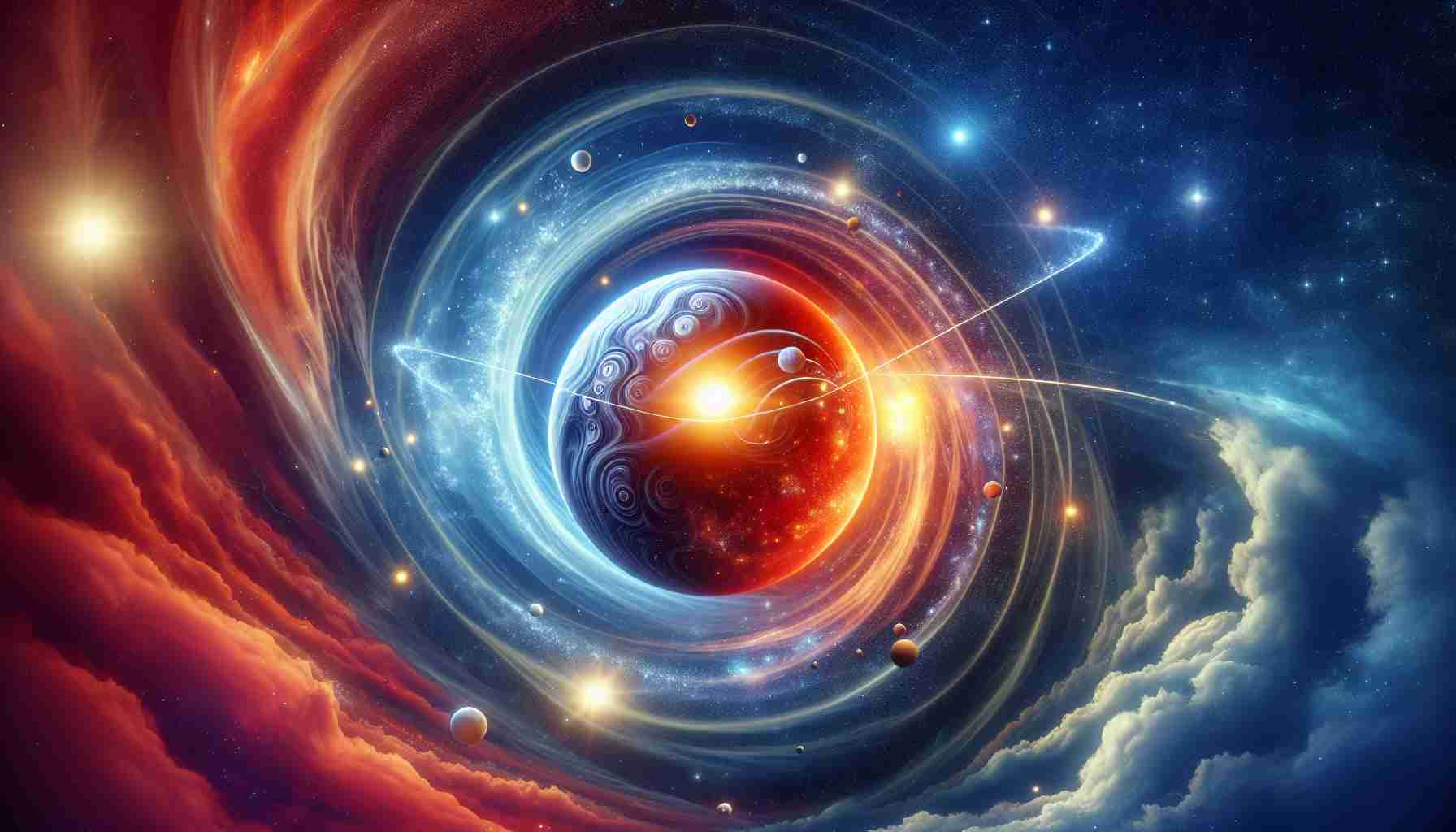The universe continues to remain one of the greatest mysteries for scientists. One question that puzzles them is why it is expanding. The answer to this question is complex, and the current state of knowledge is uncertain. The two most classical techniques for measuring the expansion rate, known as Hubble’s constant, yield different results. Astronomers are trying to find various explanations, and one of them is the existence of regions with lower matter density than the average, known as “bubbles.” These bubbles pose certain challenges.
However, a group of scientists led by Jan Ambjørna from the University of Copenhagen proposes a completely new approach to this issue. Their theory is based on the concept of multiple parallel universes, interconnected through a process of absorption. They suggest that larger universes absorb smaller ones, and our own universe was once a young universe that was absorbed by another larger one. This process is perceived by our instruments as inflation, a rapid increase in the volume of the universe that exceeds the speed of light.
Now, our universe, having become a part of reality itself, also consumes other young universes. This leads to a constant expansion of space, which is observed as the expansion of the universe. This explanation can be understood even by children who have an intuitive understanding of the space we live in.
The creators of this theory believe that their approach to the expansion of the universe fits better with observations than what the Standard Cosmological Model predicts. However, further research and confirmation of this theory are necessary. Regardless of whether it is true or not, the quest for answers to this question is incredibly fascinating and leads to new discoveries.
FAQ
Q: Why is the universe expanding?
A: The current state of knowledge is uncertain, and scientists have different theories. One possible explanation is the existence of regions with lower matter density than the average, called “bubbles.”
Q: What is the new approach to the expansion of the universe?
A: A group of scientists proposes a theory of multiple parallel universes connected through absorption. They suggest that larger universes absorb smaller ones, resulting in the expansion of space.
Q: What is the significance of inflation in this theory?
A: The process of universes absorbing each other is perceived by our instruments as inflation, a rapid increase in the volume of the universe that exceeds the speed of light.
Q: What is the significance of this theory for observations?
A: The creators of this theory believe that it fits better with observations than the Standard Cosmological Model. However, further research and confirmation of this theory are necessary.
Q: Why is the study of the expansion of the universe fascinating?
A: The quest for answers to this question leads to new discoveries and is incredibly fascinating for scientists.
Definitions
– Expansion of the Universe: The observed increase in the volume of the universe, which remains one of the greatest mysteries for scientists.
– Bubbles: Regions with lower matter density than the average, which may explain the discrepancies in measurements of the expansion rate.
– Inflation: A rapid increase in the volume of the universe resulting from the process of universes absorbing each other.
Suggested Links
– University.edu.pl: The homepage of the University of Copenhagen, where Jan Ambjørn and his team conduct their research.
– sdn.simmons.edu: The homepage of the Standard Cosmological Model, which is compared to the proposed theory.
The source of the article is from the blog yanoticias.es
